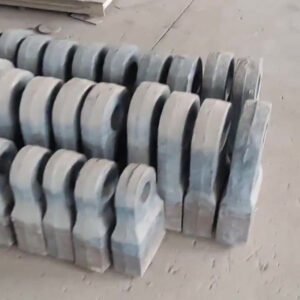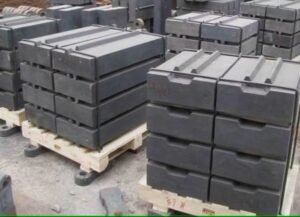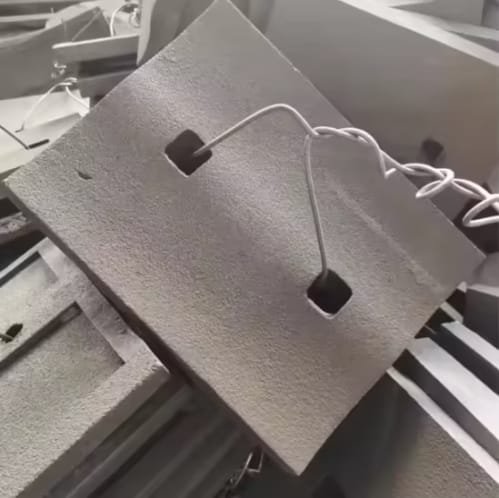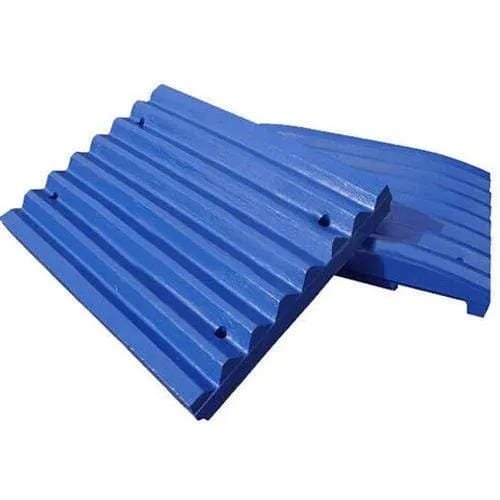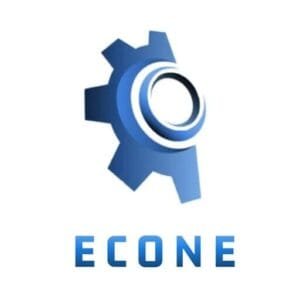The Impact of Ball Mill Liners on Energy Consumption
Ball mill liners are more than just protective components; they play a crucial role in optimizing energy consumption and improving grinding efficiency. Choosing the right liner design and maintaining it effectively can significantly reduce energy costs, which are often a major expense in milling operations. This article explores how ball mill liners influence energy usage and offers actionable insights for improving energy efficiency.
1. How Ball Mill Liners Affect Energy Consumption
a. Grinding Media Movement
The design and material of the liners determine how grinding media interact with the material being processed. Properly designed liners ensure:
- Efficient Media Trajectory: Liners create the right lift and drop patterns, improving energy transfer to the material.
- Reduced Friction: Smooth liner surfaces minimize unnecessary energy loss.
b. Mill Speed and Power Draw
Liners impact the mill’s internal dynamics, influencing the rotational speed and power required to maintain optimal grinding conditions. Incorrectly designed or worn liners can lead to higher power draw and inefficient grinding.
c. Material Flow and Retention
Liners control the flow of material through the mill, ensuring even distribution and retention. Efficient material flow minimizes recirculation, reducing energy consumption.
2. Tips to Optimize Liner Design for Energy Efficiency
a. Select the Right Material
The material of the liners affects wear resistance and energy efficiency:
- High-Manganese Steel: Ideal for high-impact grinding environments, though it may increase friction.
- Rubber Liners: Lightweight and energy-efficient for low-impact applications.
- Composite Liners: Combine durability with reduced energy usage.
b. Customize Liner Profiles
Custom designs tailored to specific mill conditions can enhance energy efficiency. For example:
- Wave Liners: Improve grinding action and reduce power draw.
- Step Liners: Support efficient media lift and material turnover.
c. Regular Monitoring and Replacement
Worn liners increase energy consumption by disrupting grinding efficiency. Schedule regular inspections and replace liners before wear affects performance.
3. Benefits of Energy-Efficient Liners
a. Lower Operating Costs
Reducing energy usage translates directly into cost savings, especially in energy-intensive industries like mining and cement.
b. Increased Productivity
Efficient liners improve throughput by ensuring consistent grinding, reducing downtime, and enhancing product quality.
c. Environmental Impact
Minimizing energy consumption reduces carbon emissions, aligning your operations with sustainability goals.
4. Partnering with the Right Supplier
Choose a reliable supplier that offers:
- Custom Liner Solutions: Designed to optimize your mill’s energy efficiency.
- Technical Expertise: Support for selecting and maintaining liners.
- Proven Results: Case studies demonstrating energy savings.
Conclusion
Ball mill liners play a pivotal role in determining energy consumption. By selecting the right materials, optimizing liner profiles, and maintaining them effectively, you can significantly reduce energy costs and improve overall productivity.
Ready to enhance your mill’s energy efficiency? Contact us for expert guidance and premium liner solutions tailored to your operational needs.

